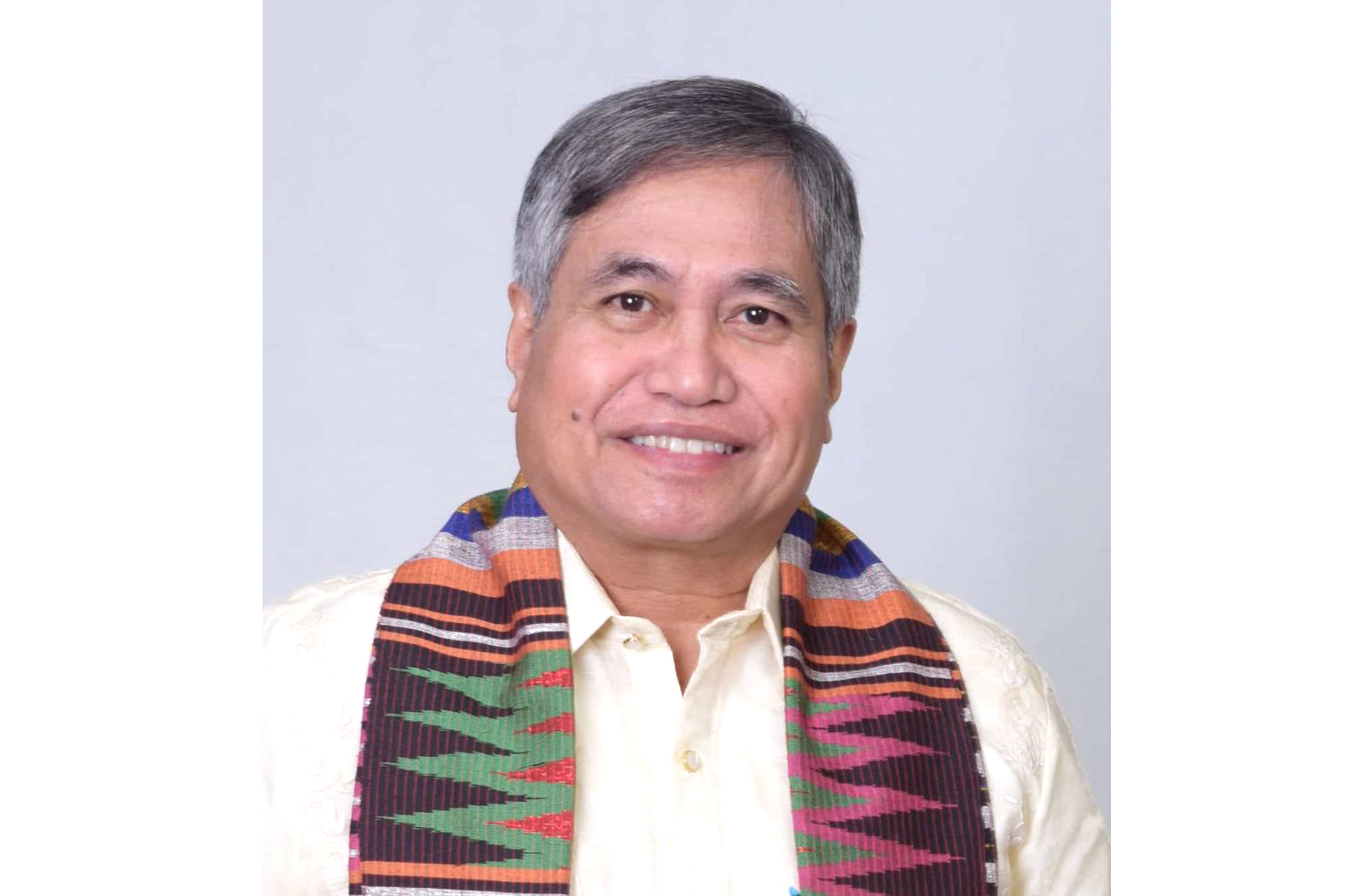FROM THE MARGINS

In one of our meetings, I conducted a quick survey of our management teams using Mentimeter. This is a very convenient app used in learning sessions, which allows people to participate in real-time polling activities using a mobile device, tablet, or laptops.
Here is what I have found: 29 percent of our executive and management committee members are Millennials, between 25-40 years old. The majority (65 percent) are GenXers between 41-56 years old, and only six percent are Baby Boomers aged 57-75 years old. Many of our founding officials (myself included) have retired, taking only advisory roles in the organization – the result of succession planning that we adopted early on.
What does this mean for us?
Data reveals that we have a multigenerational workforce. Delving deeper, we found that most (86 percent) of our frontliners or account officers are young: 64 percent Millennials and 22 percent GenZers aged 24 and below. Most of our middle managers are also Millennials, comprising 88 percent of our unit managers and 80 percent of our area managers.
This situation offers both opportunities and challenges. Clearly, we need to be able to engage everyone, and that starts with unlearning stereotypes. Understanding how to lead a multigenerational workforce is very important for an organization like ours. Working with a microfinance institution whose mission is poverty eradication is not a typical career choice.
Lifelong learning
While working with employees of different ages could be challenging, the diversity adds value to our organization. I have observed that younger employees are driven, accustomed to working with new technologies and easily adapt to changes. More mature employees possess knowledge learned from years of experience that can guide decision-making and provide context to the new generation. This combination-- fresh drive and innovation, with wisdom and experience – help increase our productivity and improve our services.
I believe that intergenerational work is crucial because lifelong learning is important. Differences enrich the workplace, as working together facilitates knowledge transfer. Every generation has different attitudes and skill sets. Beyond reciprocal learning, each generation also adds social capital. This helps us be attuned with the varying needs of our clients, which are also of different ages.
Practical advice
Reading through various materials on managing multigenerational workforce, some best practices emerge: (1) fostering a work environment that appeals to the spectrum of generations; (2) understanding the differences across generations and improving communication to combat negative stereotypes; (3) fine-tuning the hiring process to ensure both inclusivity and alignment to organizational goals; (4) clarifying and reiterating expectations; (5) creating learning opportunities and windows for feedback; (6) making sure that employees know their value to the organization and that the company’s growth is also theirs; and (7) taking care of employees’ welfare and investing in them.
As Boomers like me tend to do, let me give practical advice to my colleagues and other microfinance institutions with a multigenerational workforce:
1. Do fieldwork and nurture teams on the ground. Managers should not be fence-sitters. I can no longer go on field as often as I want, but I keep my eyes and ears open. Field work is important: it helps us understand problems on the ground and what our clients need. We need to nurture teams and align strategies based on field data.
2. Lead by doing. The Millennials and GenXers leading organizations need to be mentors. Previous management styles (“instructing” or “managing” which worked for Boomers or GenXers) will not be effective on Millennials and Gen Ziers who are risk-takers, creative, ambitious and, based on studies, are more loyal to their teams rather than organizations. We need to continuously communicate our mission of poverty eradication, process how they factor that in their personal goals, and examine how they see themselves within our vision of social development.
3. Demonstrate, involve, encourage. If there is a crisis, remember that your staff are watching how you will manage the situation. You need to involve them, and when you do, they need to see how they will factor in the scheme of things. They want to contribute and help. Give them opportunities and they will stay.
4. Foster love for learning, reiterate mission. We must be learning organizations. This is the reason why, even though I am 67 years old, I continue to do research and give my input. Boomers, GenXers and the older Millennials need to lead – not manage – the younger Millennials, Gen Zers (and Gen Alpha, because this generation will soon come on board) toward our vision and mission of poverty eradication.
We need to embrace multiple generations’ varied work habits, expectations, and communication styles. Opportunities for mentoring and knowledge transfer abound, and we can use these to instill the value that has always defined us: love for the poor. This is the only way we can sustain our vision of poverty eradication and community-based social development.
* * *
“To help navigate the process of leading a multi-generational workforce, start with the three Cs: culture, coaching and communication.” – PeopleFluent
(Dr. Jaime Aristotle B. Alip is a poverty eradication advocate. He is the founder of the Center for Agriculture and Rural Development Mutually-Reinforcing Institutions (CARD MRI), a group of 23 organizations that provide social development services to eight million economically-disadvantaged Filipinos and insure more than 27 million nationwide.)